5 things to know about Maurits Cornelis Escher
Maurits Cornelis Escher was a remarkable Dutch engraver. Anyone, in practise, knows his fascinating works, but not his name.
His works belong to that genre anyone can appreciate, but we don’t often know the artist who produced it.
Escher’s works have appeared many times on t-shits, on posters, on magazine and record covers. They have been quoted in movies and have become tattoos!
5 things to know about Maurits Cornelis Escher
1.
Maurits Cornelis Escher was born in Leeuwarden, in the north of the Netherlands.
His family was well off, and he had a quiet and happy childhood, but he hadn’t a brilliant school career.
He studied under the Dutch graphic artist Samuel Jussurun, of Jewish origin. He taught Escher the secrets of the engraving technique along with the decorative composition, typical of the Art Noveau style.
2.
The most relevant moment is Escher’s career was his stay in Italy. Escher visited Italy in 1921 for the first time, but he settled down from 1923 to 1935.
He travelled through Italy, and he achieved his first success and met artists, engravers and art historians, who would be essential for his career.
In 1936 he travelled through Spain, visiting the Alhambra in Granada and the Mosque in Cordova. He was impressed by these buildings, especially by the tessellated mosaics used in Islamic art. He examined in depth the tessellation, the regular division of a flat surface (plane).
In Escher the tessellation became an interlocking of figures and characters, and he used it to produce artistic effects.
3.
In 1937 Escher left Italy and moved to Belgium. This was a key year for his career. He focused mainly on the representation of impossible objects, such as the “Belvedere” building, that would make him famous all over the world.
SEE MORE: the images of the works of Escher in the exhibit of Treviso (Italy) in 2015-2016.
4.
Escher’s works of arts began spreading all over the world after World War II, thanks to some articles in prestigious magazines, the displays of his works at Stedelijk Museum in Amsterdam, and the 1958 printing of a book written and illustrated by Escher himself. This book collected the results of his studies on tessellation, the tiling of a plane using a repeating pattern, with no overlaps and no gaps.
5.
In 1960s and 1970s many exhibitions and publications showed the success of Escher’s works. Escher died on 27 March 1972 in Laren, aged 73, but his work has had a continuous influence in many fields, from publishing to design. Generations of artist draw their inspiration from Escher’s work.
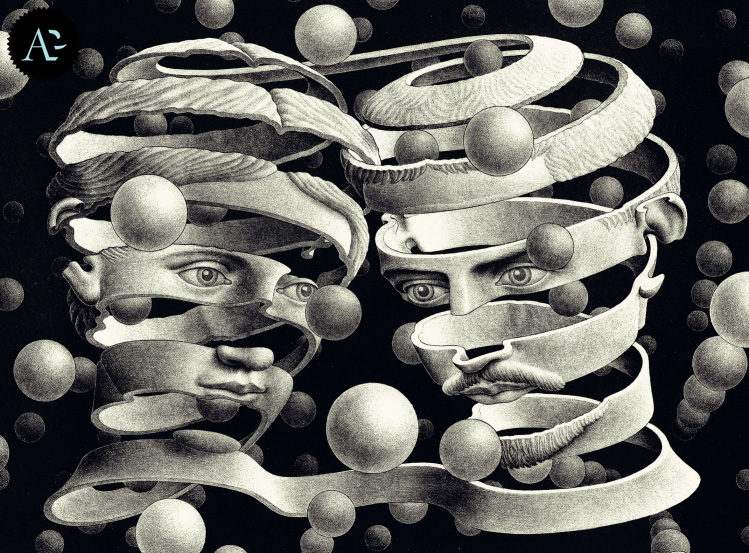
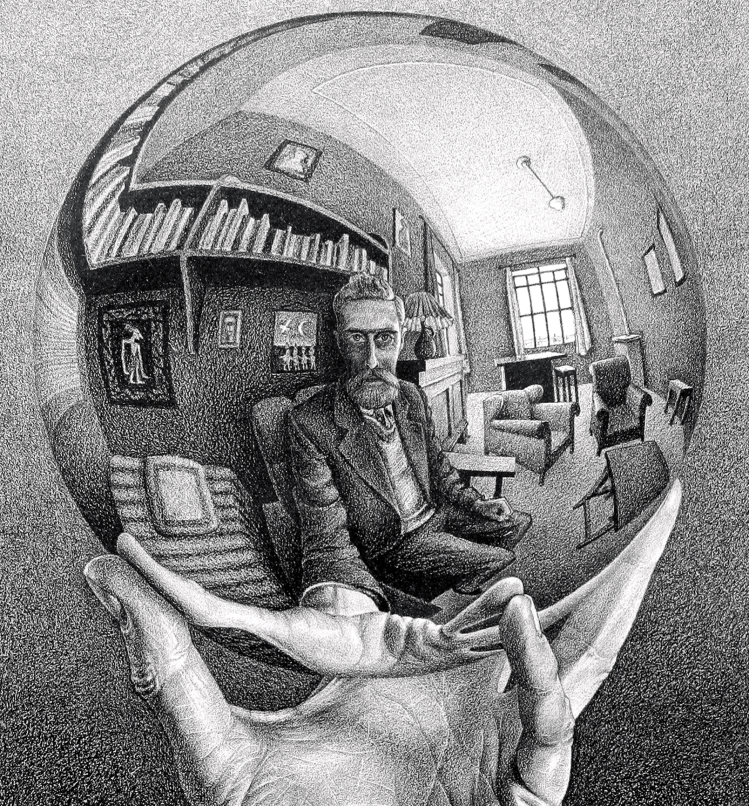
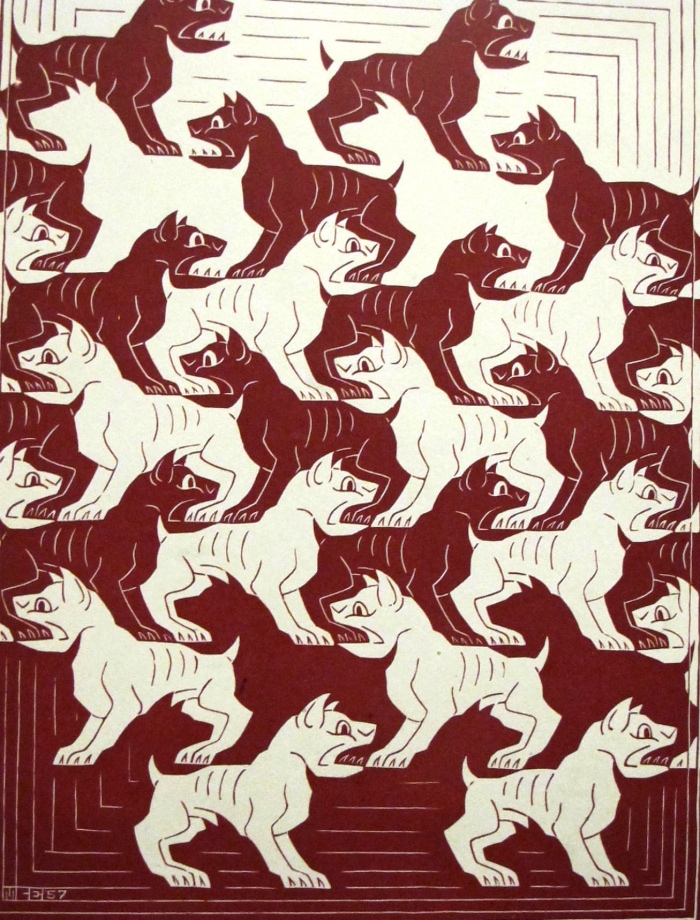
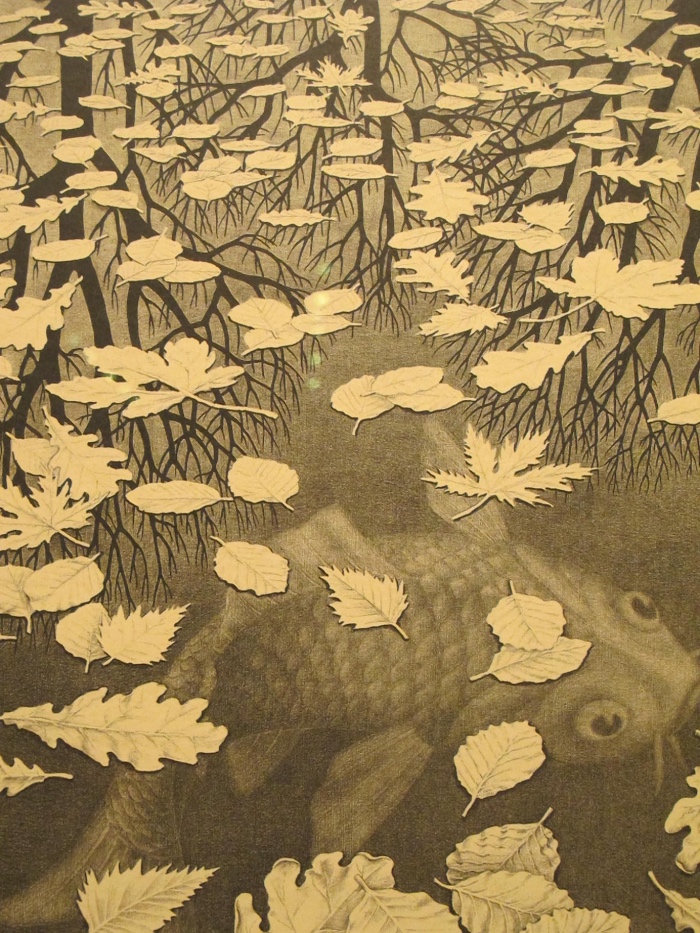


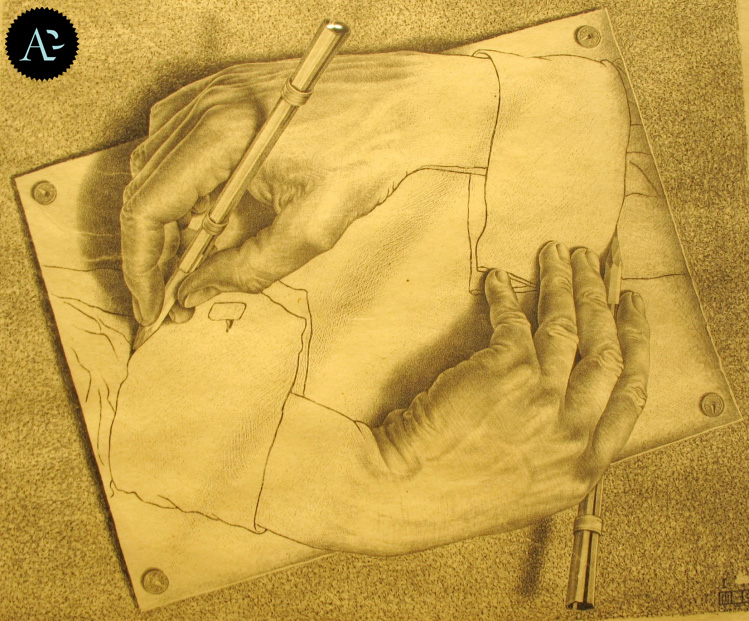
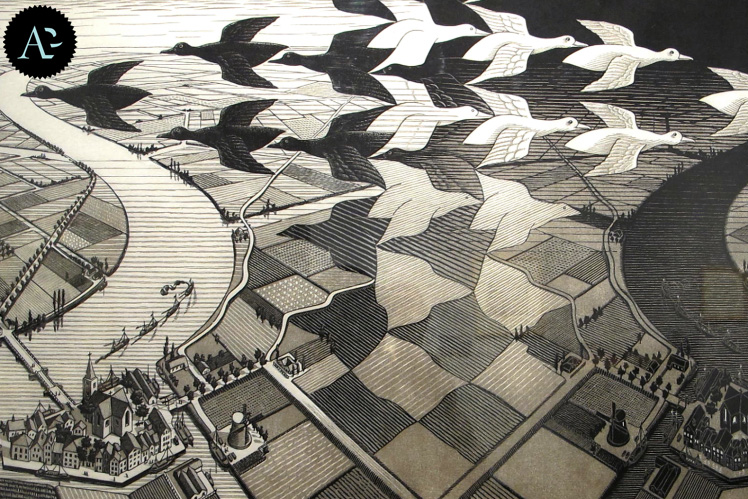
Beautiful …
🙂